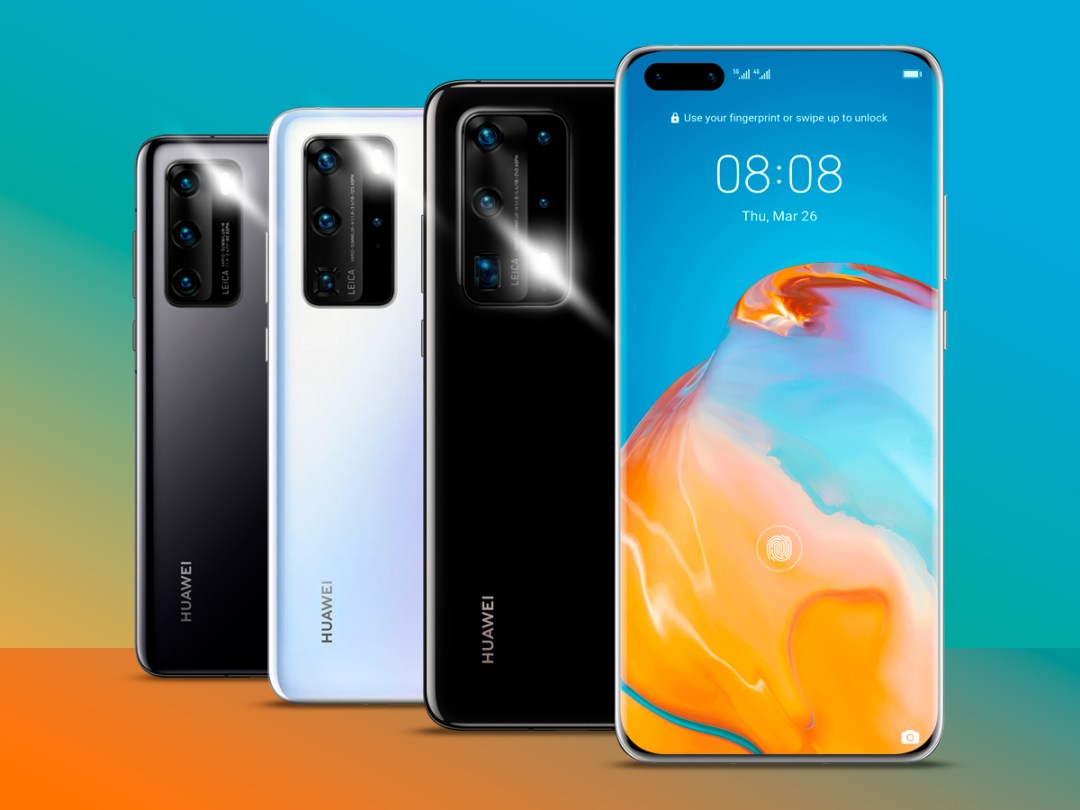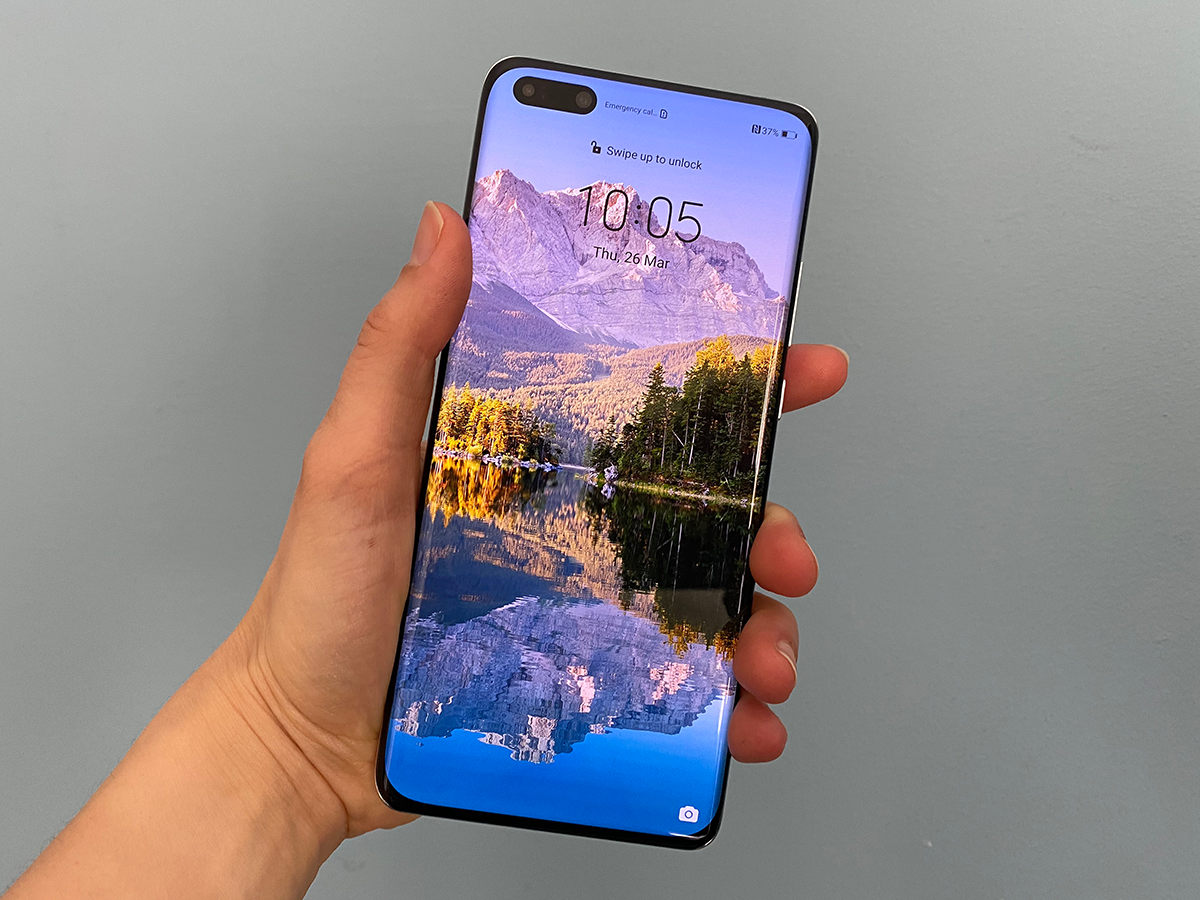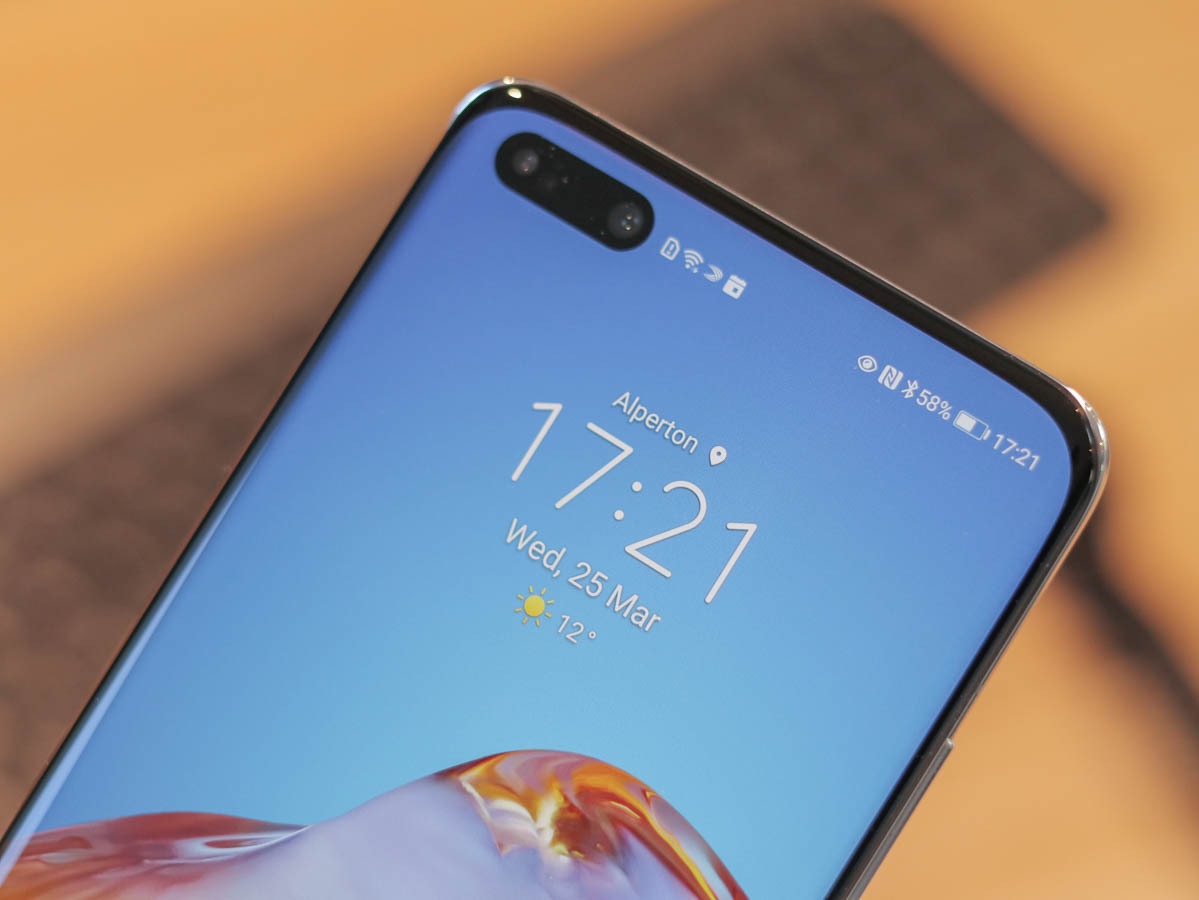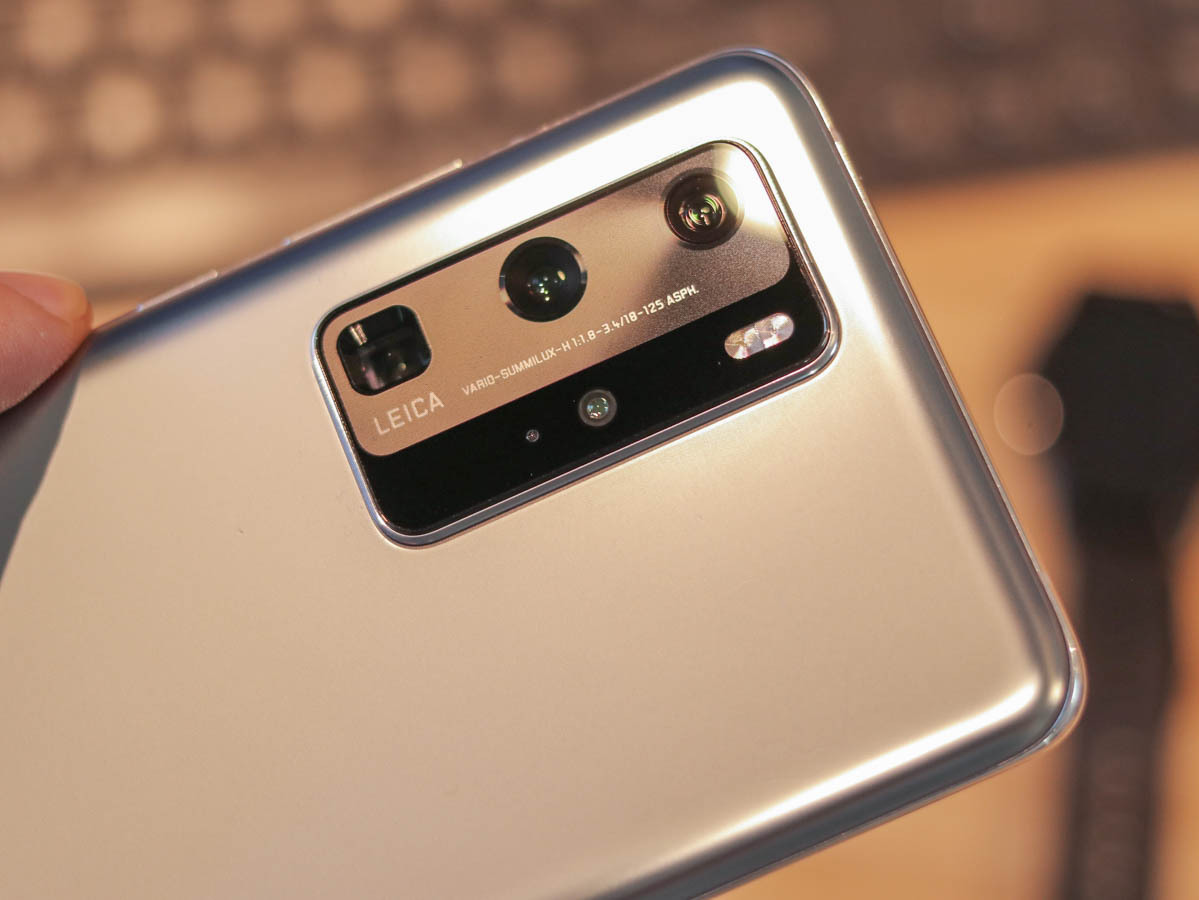Huawei P40 vs P40 Pro vs P40 Pro+: Which should you buy?
A look at how these Google-less flagships compare

The live event might’ve been cancelled in the wake of the pandemic, but Huawei still made a big splash with its online unveiling of the new P40 line.
Spanning the expected P40 and P40 Pro, alongside an extra-premium P40 Pro+, Huawei’s latest flagships pack in top-end tech including an array of camera enhancements. But they don’t pack in Google apps or services, much like last autumn’s Mate 30 Pro.
Still interested? Here’s a look at what the Huawei P40 phones do offer, and how the three of them differ from one another.
P40 vs P40 Pro vs P40 Pro+: Specs
Huawei P40
Screen: 6.1in 1080p OLED
Rear cam: 50MP SuperSensing, 16MP ultra-wide, 8MP telephoto
Front cam: 32MP + depth sensor
Processor: Kirin 990
Storage: 128GB + Nano Memory
Wireless charging: No
Water resistance: IP53
Battery: 3,800mAh
Colours: Ice White, Black, Deep Sea Blue, Silver Frost, Blush Gold
Dimensions: 71.06 x 148.9 x 8.5mm, 175g
Price: €799
Huawei P40 Pro
Screen: 6.58in 90Hz OLED 2640×1200
Rear cam: 50MP SuperSensing, 40MP ultra-wide, 8MP telephoto, ToF sensor
Front cam: 32MP + depth sensor
Processor: Kirin 990
Storage: 256GB + Nano Memory
Wireless charging: Yes (27W)
Water resistance: IP68
Battery: 4,200mAh
Colours: Ice White, Black, Deep Sea Blue, Silver Frost, Blush Gold
Dimensions: 72.6 x 158.2 x 8.95mm, 209g
Price: €999
Huawei P40 Pro+
Screen: 6.58in 90Hz OLED 2640×1200
Rear cam: 50MP SuperSensing, 40MP ultra-wide, 12MP telephoto, 8MP 10x zoom lens ToF sensor
Front cam: 32MP + depth sensor
Processor: Kirin 990
Storage: 512GB + Nano Memory
Wireless charging: Yes (40W)
Water resistance: IP68
Battery: 4,200mAh
Colours: Black Ceramic, White Ceramic
Dimensions: 72.6 x 158.2 x 9mm, 226g
Price: €1399
Design: Curvy or not?

At a glance, these phones look pretty similar aside from size – but the Pro models opt for a curvy screen, while the standard P40 sticks with a flat one.
The Huawei P40 comes in with a 6.1in screen with a dual-camera punch-hole cutout in the upper left, while the P40 Pro (shown) and P40 Pro+ opt for larger 6.58in screens with the same kind of cutout. They’re curvy along the sides, though, giving it perhaps more of a flagship allure.
On the back, you can get the P40 and P40 Pro in Ice White, Black, Deep Sea Blue, Silver Frost, or Blush Gold. The P40 Pro+ only offers Black Ceramic and White Ceramic options for something a bit more distinctive and unique.
Also Read › Huawei P40 Pro hands-on review
Screen: The Pro advantage

We already mentioned the size of the screens, but there’s more to it than that. The standard P40 sticks to 1080p resolution for its flat screen, as well as the usual 60Hz refresh rate.
Bump up to the larger OLED panels and you’ll get a higher resolution at 2640×1200, the curves, and also a smoother 90Hz "Overflow" refresh rate. Rumours suggested 120Hz like the Galaxy S20 line, but it’s not to be. Even so, 90Hz is a treat compared to 60Hz. These ought to be great-looking displays, and they all have in-display fingerprint sensors as well.
Camera: Zoom, zoom, zoom

Here’s where some of the biggest differences should be noticeable between models, with each step up adding another camera along with greater capabilities.
The core P40 model sticks with a triple-camera setup on the back with 50MP SuperSensing, 16MP ultra-wide, and 8MP telephoto cameras, delivering 3x optical zoom and 5x hybrid zoom, as well as 30x max zoom.
Bump up to the P40 Pro and you get 50MP SuperSensing, 40MP ultra-wide, 8MP telephoto, and time-of-flight sensors that give you 5x optical zoom, 10x hybrid zoom, and 50x max zoom.
The P40 Pro+ then adds another 3x optical telephoto zoom lens to the mix, bringing the "SuperZoom" array up to 100x max, with the 20x hybrid zoom likely to hit the sweet spot in terms of distance and quality.
All three phones have a 32MP selfie camera with a depth sensor alongside.
Also Read › Huawei P40 hands-on review
Performance: Kirin + 5G – Google
Huawei’s octa-core Kirin 990 5G processor is here across all three models, bringing flagship-level speeds that come close to what you’ll see in other current Android chips. All three phones also pack in 8GB RAM, and as the name suggests, you can get 5G connectivity across the board.
All three phones run Android 10, but due to Huawei’s dust-up with the American government, you won’t get any Google apps or services onboard. That means you’ll have to use Huawei’s App Gallery market instead and tap into the company’s alternative services.
Battery and perks: Heavy hitters

All three phones have quite a bit of battery capacity, with 3,800mAh on the P40 (shown) and 4,200mAh on both of the Pro models. Only the Pro models offer wireless charging, with 27W on the P40 Pro and a max of 40W on the P40 Pro+. Both phones have reverse wireless charging for topping up other handsets or accessories, as well.
In terms of internal storage, it’s another gradual increase here: 128GB on the P40, 256GB on the P40 Pro, and 512GB on the P40 Pro+. All three can be augmented with Huawei’s Nano Memory cards if you need more space to work with.
Initial verdict: Think carefully

As with last year’s Mate 30 Pro, the lack of Google apps makes the Huawei P40 line a tough sell here. They’re beautiful-looking phones with plenty of power and some seriously compelling cameras, but Android without Google just isn’t nearly as useful.
The Huawei P40 sells for €799 (about £725) while the P40 Pro goes for €999 (about £905), with both beginning their global rollout on 7 April. The Huawei P40 Pro+ will follow in June at a price of €1,399 (about £1,270).


